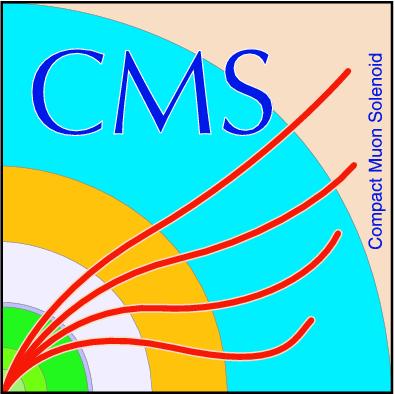

Compact Muon Solenoid
LHC, CERN
| CMS-PAS-EXO-24-012 | ||
| Search for a low mass resonance decaying to $ \tau\tau $ using data collected with a dedicated high-rate data stream | ||
| CMS Collaboration | ||
| 7 May 2025 | ||
| Abstract: An inclusive search for a low-mass resonance decaying to two $ \tau $ leptons is presented, probing the mass range from 20 to 60 GeV for the first time at a hadron collider. The search uses proton-proton collision data at $ \sqrt{s}= $ 13.6 TeV corresponding to an integrated luminosity of 61.9 fb$^{-1}$ collected by the CMS experiment in 2022 and 2023. The data is collected using a high-rate trigger stream that records limited event information which allows for lower thresholds. A novel algorithm is used to reconstruct hadronic $ \tau $ decays with very low momentum. No significant excess is observed, and upper limits are set on the production cross section times branching fraction to $ \tau $ lepton pairs. | ||
| Links: CDS record (PDF) ; CADI line (restricted) ; | ||
| Figures | |

png pdf |
Figure 1:
Resonance shape consistent with $ \Upsilon $ simulation (left, center) and SM candle Z (right). The backgrounds for the $ \Upsilon $ region are estimated using a second order Chebychev polynomial, while the resonance is modeled by a Gaussian distribution. A fit to $ \Upsilon $ simulation is overlaid on the resonance shape extracted from data with arbitrary scaling. The Z backgrounds are determined by simulation scaled to expected cross section. |

png pdf |
Figure 1-a:
Resonance shape consistent with $ \Upsilon $ simulation (left, center) and SM candle Z (right). The backgrounds for the $ \Upsilon $ region are estimated using a second order Chebychev polynomial, while the resonance is modeled by a Gaussian distribution. A fit to $ \Upsilon $ simulation is overlaid on the resonance shape extracted from data with arbitrary scaling. The Z backgrounds are determined by simulation scaled to expected cross section. |

png pdf |
Figure 1-b:
Resonance shape consistent with $ \Upsilon $ simulation (left, center) and SM candle Z (right). The backgrounds for the $ \Upsilon $ region are estimated using a second order Chebychev polynomial, while the resonance is modeled by a Gaussian distribution. A fit to $ \Upsilon $ simulation is overlaid on the resonance shape extracted from data with arbitrary scaling. The Z backgrounds are determined by simulation scaled to expected cross section. |

png pdf |
Figure 1-c:
Resonance shape consistent with $ \Upsilon $ simulation (left, center) and SM candle Z (right). The backgrounds for the $ \Upsilon $ region are estimated using a second order Chebychev polynomial, while the resonance is modeled by a Gaussian distribution. A fit to $ \Upsilon $ simulation is overlaid on the resonance shape extracted from data with arbitrary scaling. The Z backgrounds are determined by simulation scaled to expected cross section. |

png pdf |
Figure 2:
Distributions of $ \tau_{\mu} \tau_\mathrm{h} $ final state mass (points) in each hadronic decay mode with regressions (lines). All plots contain a $ \mathrm{Z}/\gamma^{*}\to\tau\tau $ component determined by simulation overlaid on the continuum fit. The leftmost plot shows the single prong final state with pollution due to $ \mathrm{Z}\to\mu\mu $ events (orange) at 91 GeV. The center and right plots show the three prong and one prong plus one or two strips respectively. The $ m_{vis} $ range corresponding to $ \phi $ masses from 20 to 60 GeV is 10 to 40 GeV. |

png pdf |
Figure 2-a:
Distributions of $ \tau_{\mu} \tau_\mathrm{h} $ final state mass (points) in each hadronic decay mode with regressions (lines). All plots contain a $ \mathrm{Z}/\gamma^{*}\to\tau\tau $ component determined by simulation overlaid on the continuum fit. The leftmost plot shows the single prong final state with pollution due to $ \mathrm{Z}\to\mu\mu $ events (orange) at 91 GeV. The center and right plots show the three prong and one prong plus one or two strips respectively. The $ m_{vis} $ range corresponding to $ \phi $ masses from 20 to 60 GeV is 10 to 40 GeV. |

png pdf |
Figure 2-b:
Distributions of $ \tau_{\mu} \tau_\mathrm{h} $ final state mass (points) in each hadronic decay mode with regressions (lines). All plots contain a $ \mathrm{Z}/\gamma^{*}\to\tau\tau $ component determined by simulation overlaid on the continuum fit. The leftmost plot shows the single prong final state with pollution due to $ \mathrm{Z}\to\mu\mu $ events (orange) at 91 GeV. The center and right plots show the three prong and one prong plus one or two strips respectively. The $ m_{vis} $ range corresponding to $ \phi $ masses from 20 to 60 GeV is 10 to 40 GeV. |

png pdf |
Figure 2-c:
Distributions of $ \tau_{\mu} \tau_\mathrm{h} $ final state mass (points) in each hadronic decay mode with regressions (lines). All plots contain a $ \mathrm{Z}/\gamma^{*}\to\tau\tau $ component determined by simulation overlaid on the continuum fit. The leftmost plot shows the single prong final state with pollution due to $ \mathrm{Z}\to\mu\mu $ events (orange) at 91 GeV. The center and right plots show the three prong and one prong plus one or two strips respectively. The $ m_{vis} $ range corresponding to $ \phi $ masses from 20 to 60 GeV is 10 to 40 GeV. |

png pdf |
Figure 3:
95% CL upper limits on production cross section for $ \mathrm{p}\mathrm{p}\to\phi\to\tau\tau $ in pb. The dotted line represents the median expected limits while the yellow and blue bands indicate the 68 and 95% expected bands, respectively. The solid line shows the observed limits. |
| Tables | |

png pdf |
Table 1:
Summary of analysis selections for the $ \phi $, Z, and $ \Upsilon $ regions. The offline trigger object cuts are not applied for the $ \Upsilon $ region. |

png pdf |
Table 2:
Summary of the systematic uncertainties in the signal yield and shape. The ``lnN'' denotes lognormal distribution. |
| Summary |
| In summary, an inclusive search for new low mass scalar $ \phi $ bosons decaying to two $ \tau $ leptons has been performed in a never before searched mass regime at CMS or ATLAS. The search uses proton-proton collision data at $ \sqrt{s}= $ 13.6 TeV, collected with the CMS detector at the LHC in 2022 fb$^{-1}$2023. A high-rate data stream with low trigger thresholds and a compact data format, a strategy known as data scouting, is used to enhance sensitivity to low masses. We implement a new hadronic $ \tau $ reconstruction methodology demonstrating sensitivity to extremely low $ p_{\mathrm{T}} \tau_\mathrm{h} $ decays. |
| References | ||||
| 1 | CMS Collaboration | Observation of a new boson at a mass of 125 GeV with the CMS experiment at the LHC | PLB 716 (2012) 30 | CMS-HIG-12-028 1207.7235 |
| 2 | CMS Collaboration | Observation of a new boson with mass near 125 GeV in pp collisions at $ \sqrt{s}= $ 7 and 8 TeV | JHEP 06 (2013) 081 | CMS-HIG-12-036 1303.4571 |
| 3 | ATLAS Collaboration | Observation of a new particle in the search for the Standard Model Higgs boson with the ATLAS detector at the LHC | PLB 716 (2012) 1 | 1207.7214 |
| 4 | Super-Kamiokande Collaboration | Evidence for oscillation of atmospheric neutrinos | PRL 81 (1998) 1562 | hep-ex/9807003 |
| 5 | Muon g-2 Collaboration | Measurement of the Positive Muon Anomalous Magnetic Moment to 0.46 ppm | PRL 126 (2021) | 2104.03281 |
| 6 | LHCb Collaboration | Test of lepton universality in beauty-quark decays | Nature Phys. 18 (2022) 277 | 2103.11769 |
| 7 | R. Barbier et al. | R-parity violating supersymmetry | Phys. Rept. 420 (2005) 1 | hep-ph/0406039 |
| 8 | P. Fayet | Supergauge Invariant Extension of the Higgs Mechanism and a Model for the electron and Its Neutrino | NPB 90 (1975) 104 | |
| 9 | P. Fayet | Spontaneously Broken Supersymmetric Theories of Weak, Electromagnetic and Strong Interactions | PLB 69 (1977) 489 | |
| 10 | S. Weinberg | A model of leptons | PRL 19 (1967) | |
| 11 | D. Curtin et al. | Exotic decays of the 125 GeV Higgs boson | PRD 90 (2014) | 1312.4992 |
| 12 | CMS Collaboration | Searches for additional Higgs bosons and for vector leptoquarks in $ \tau\tau $ final states in proton-proton collisions at $ \sqrt{s} $ = 13 TeV | JHEP 07 (2023) 073 | CMS-HIG-21-001 2208.02717 |
| 13 | ATLAS Collaboration | Search for the neutral Higgs bosons of the Minimal Supersymmetric Standard Model in pp collisions at $ \sqrt{s}= $ 7 TeV with the ATLAS detector | JHEP 02 (2013) 095 | 1211.6956 |
| 14 | ATLAS Collaboration | Search for neutral Higgs bosons of the minimal supersymmetric standard model in pp collisions at $ \sqrt{s} = $ 8 TeV with the ATLAS detector | JHEP 11 (2014) 056 | 1409.6064 |
| 15 | ATLAS Collaboration | Search for Minimal Supersymmetric Standard Model Higgs bosons $ H/A $ and for a $ Z^{\prime} $ boson in the $ \tau \tau $ final state produced in $ pp $ collisions at $ \sqrt{s}= $ 13 TeV with the ATLAS Detector | no.~11, 585, 2016 EPJC 76 (2016) |
1608.00890 |
| 16 | ATLAS Collaboration | Search for additional heavy neutral Higgs and gauge bosons in the ditau final state produced in 36 fb$ ^{-1} $ of pp collisions at $ \sqrt{s}= $ 13 TeV with the ATLAS detector | JHEP 01 (2018) 055 | 1709.07242 |
| 17 | CMS Collaboration | Search for Neutral MSSM Higgs Bosons Decaying to Tau Pairs in $ pp $ Collisions at $ \sqrt{s}= $ 7 TeV | PRL 106 (2011) 231801 | CMS-HIG-10-002 1104.1619 |
| 18 | CMS Collaboration | Search for Neutral Higgs Bosons Decaying to Tau Pairs in $ pp $ Collisions at $ \sqrt{s}= $ 7 TeV | PLB 713 (2012) | CMS-HIG-11-029 1202.4083 |
| 19 | CMS Collaboration | Search for neutral MSSM Higgs bosons decaying to a pair of tau leptons in pp collisions | JHEP 10 (2014) 160 | CMS-HIG-13-021 1408.3316 |
| 20 | CMS Collaboration | Search for additional neutral MSSM Higgs bosons in the $ \tau\tau $ final state in proton-proton collisions at $ \sqrt{s}= $ 13 TeV | JHEP 09 (2018) 007 | CMS-HIG-17-020 1803.06553 |
| 21 | ATLAS Collaboration | Search for heavy Higgs bosons decaying into two tau leptons with the ATLAS detector using $ pp $ collisions at $ \sqrt{s}= $ 13 TeV | no.~5, 051801, 2020 PRL 125 (2020) |
2002.12223 |
| 22 | CMS Collaboration | Search for a Low-Mass Pseudoscalar Higgs Boson Produced in Association with a $ b\bar{b} $ Pair in $ pp $ Collisions at $ \sqrt{s} = $ 8 TeV | PLB 758 (2016) | CMS-HIG-14-033 1511.03610 |
| 23 | CMS Collaboration | Precision luminosity measurement in proton-proton collisions at $ \sqrt{s} = $ 13 TeV in 2015 and 2016 at CMS | EPJC 81 (2021) 800 | CMS-LUM-17-003 2104.01927 |
| 24 | CMS Collaboration | CMS luminosity measurement for the 2017 data-taking period at $ \sqrt{s} $ = 13 TeV | CMS Physics Analysis Summary, 2018 link |
CMS-PAS-LUM-17-004 |
| 25 | CMS Collaboration | CMS luminosity measurement for the 2018 data-taking period at $ \sqrt{s} $ = 13 TeV | CMS Physics Analysis Summary, 2019 link |
CMS-PAS-LUM-18-002 |
| 26 | CMS Collaboration | Enriching the physics program of the CMS experiment via data scouting and data parking | Phys. Rept. 1115 (2025) 678 | CMS-EXO-23-007 2403.16134 |
| 27 | CMS Collaboration | Performance of reconstruction and identification of $ \tau $ leptons decaying to hadrons and $ \nu_\tau $ in pp collisions at $ \sqrt{s}= $ 13 TeV | JINST 13 (2018) P10005 | CMS-TAU-16-003 1809.02816 |
| 28 | CMS Collaboration | The CMS experiment at the CERN LHC | JINST 3 (2008) S08004 | |
| 29 | CMS Collaboration | Performance of the CMS level-1 trigger in proton-proton collisions at $ \sqrt{s} = $ 13\,TeV | JINST 15 (2020) P10017 | CMS-TRG-17-001 2006.10165 |
| 30 | CMS Collaboration | The CMS trigger system | JINST 12 (2017) P01020 | CMS-TRG-12-001 1609.02366 |
| 31 | CMS Collaboration | Electron and photon reconstruction and identification with the CMS experiment at the CERN LHC | JINST 16 (2021) P05014 | CMS-EGM-17-001 2012.06888 |
| 32 | CMS Collaboration | Performance of the CMS muon detector and muon reconstruction with proton-proton collisions at $ \sqrt{s}= $ 13 TeV | JINST 13 (2018) P06015 | CMS-MUO-16-001 1804.04528 |
| 33 | CMS Collaboration | Description and performance of track and primary-vertex reconstruction with the CMS tracker | JINST 9 (2014) P10009 | CMS-TRK-11-001 1405.6569 |
| 34 | CMS Collaboration | Particle-flow reconstruction and global event description with the CMS detector | JINST 12 (2017) P10003 | CMS-PRF-14-001 1706.04965 |
| 35 | CMS Collaboration | Jet energy scale and resolution in the CMS experiment in $ pp $ collisions at 8 TeV | JINST 12 (2017) P02014 | CMS-JME-13-004 1607.03663 |
| 36 | CMS Collaboration | Performance of missing transverse momentum reconstruction in proton-proton collisions at $ \sqrt{s} = $ 13\,TeV using the CMS detector | JINST 14 (2019) P07004 | CMS-JME-17-001 1903.06078 |
| 37 | CMS Collaboration | Performance of the CMS high-level trigger during LHC run 2 | JINST 19 (2024) P11021 | CMS-TRG-19-001 2410.17038 |
| 38 | J. Alwall et al. | The automated computation of tree-level and next-to-leading order differential cross sections, and their matching to parton shower simulations | JHEP 07 (2014) 079 | 1405.0301 |
| 39 | J. Alwall et al. | Comparative study of various algorithms for the merging of parton showers and matrix elements in hadronic collisions | EPJC 53 (2008) 473 | 0706.2569 |
| 40 | P. Nason | A New method for combining NLO QCD with shower Monte Carlo algorithms | JHEP 11 (2004) 040 | hep-ph/0409146 |
| 41 | S. Frixione, P. Nason, and C. Oleari | Matching NLO QCD computations with Parton Shower simulations: the POWHEG method | JHEP 11 (2007) 070 | 0709.2092 |
| 42 | S. Alioli, P. Nason, C. Oleari, and E. Re | A general framework for implementing NLO calculations in shower Monte Carlo programs: the POWHEG BOX | JHEP 06 (2010) 043 | 1002.2581 |
| 43 | S. Frixione, P. Nason, and G. Ridolfi | A Positive-weight next-to-leading-order Monte Carlo for heavy flavour hadroproduction | JHEP 09 (2007) 126 | 0707.3088 |
| 44 | T. Sjöstrand et al. | An introduction to PYTHIA 8.2 | Comput. Phys. Commun. 191 (2015) 159 | 1410.3012 |
| 45 | CMS Collaboration | Extraction and validation of a new set of CMS PYTHIA8 tunes from underlying-event measurements | EPJC 80 (2020) 4 | CMS-GEN-17-001 1903.12179 |
| 46 | NNPDF Collaboration | Parton distributions for the LHC Run II | JHEP 04 (2015) 040 | 1410.8849 |
| 47 | GEANT4 Collaboration | GEANT 4---a simulation toolkit | NIM A 506 (2003) 250 | |
| 48 | M. Cacciari, G. P. Salam, and G. Soyez | The anti-$ k_{\mathrm{T}} $ jet clustering algorithm | JHEP 04 (2008) 063 | 0802.1189 |
| 49 | M. Cacciari, G. P. Salam, and G. Soyez | FastJet user manual | EPJC 72 (2012) 1896 | 1111.6097 |
| 50 | M. Cacciari and G. P. Salam | Dispelling the $ N^{3} $ myth for the $ k_t $ jet-finder | PLB 641 (2006) 57 | hep-ph/0512210 |
| 51 | P. T. Komiske, E. M. Metodiev, and J. Thaler | Energy Flow Networks: Deep Sets for Particle Jets | JHEP 01 (2019) 121 | 1810.05165 |
| 52 | M. Zaheer et al. | Deep sets | Advances in neural information processing systems 30 (2017) link |
1703.06114 |
| 53 | CDF Collaboration | Search for neutral MSSM Higgs bosons decaying to tau pairs in $ p\bar{p} $ collisions at $ \sqrt{s} = $ 1.96 TeV | PRL 96 (2006) 011802 | hep-ex/0508051 |
| 54 | UA2 Collaboration | A Measurement of two jet decays of the $ W $ and $ Z $ bosons at the CERN $ \bar{p} p $ collider | Z. Phys. C 49 (1991) | |
| 55 | ATLAS Collaboration | Search for low-mass dijet resonances using trigger-level jets with the ATLAS detector in $ pp $ collisions at $ \sqrt{s}= $ 13 TeV | PRL 121 (2018) 081801 | 1804.03496 |
| 56 | H. Akaike | A new look at the statistical model identification | IEEE Transactions on Automatic Control 19 (1974) | |
| 57 | CMS Collaboration | The CMS statistical analysis and combination tool: COMBINE | Comput. Softw. Big Sci. 8 (2024) 19 | CMS-CAT-23-001 2404.06614 |

|
Compact Muon Solenoid LHC, CERN |
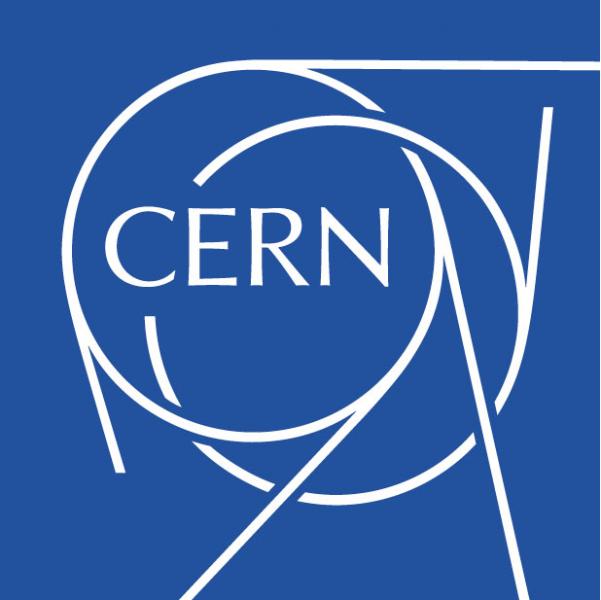
|
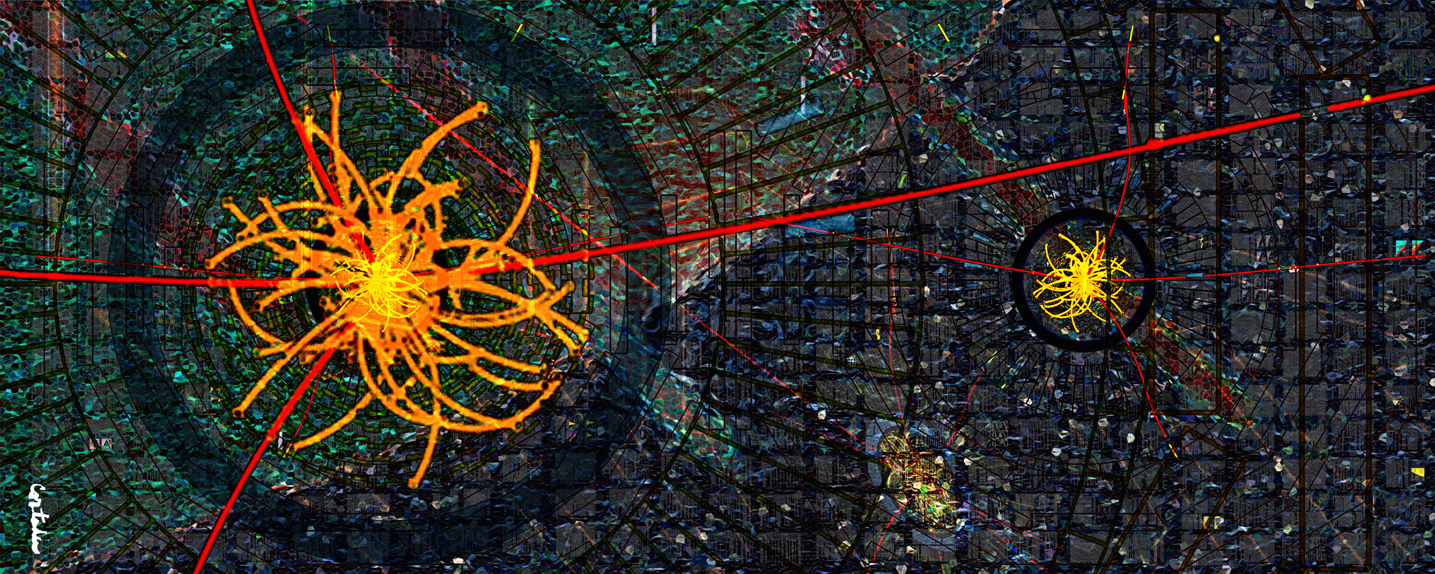
|
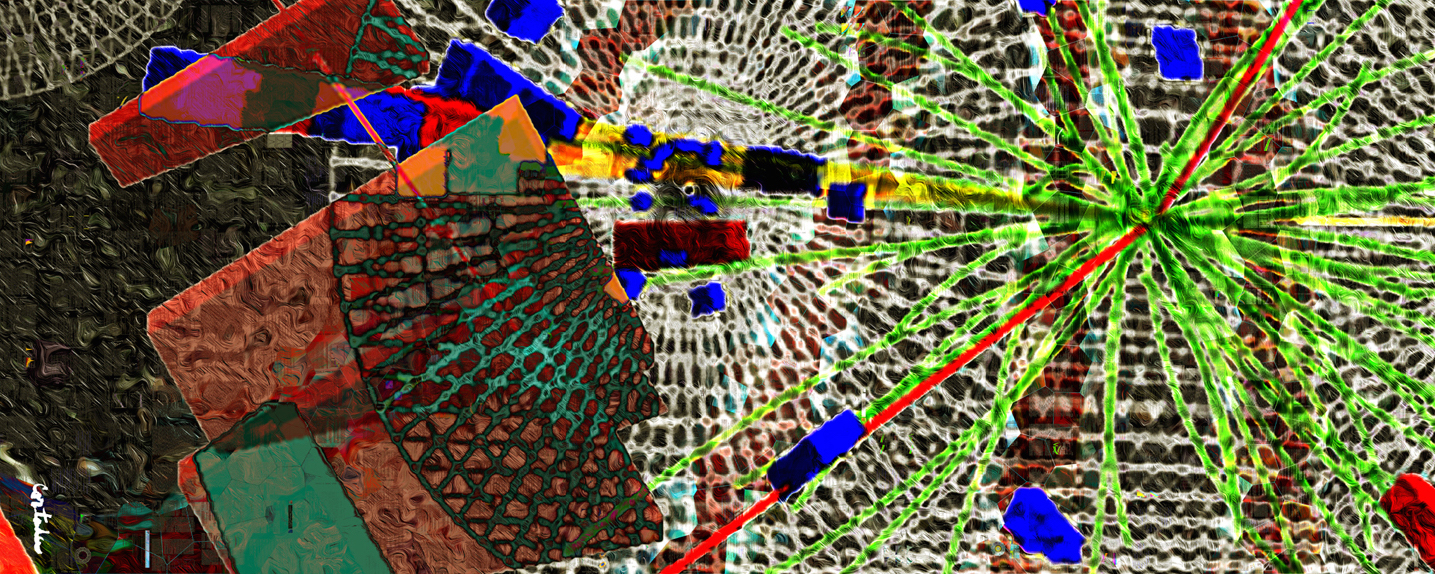
|

|
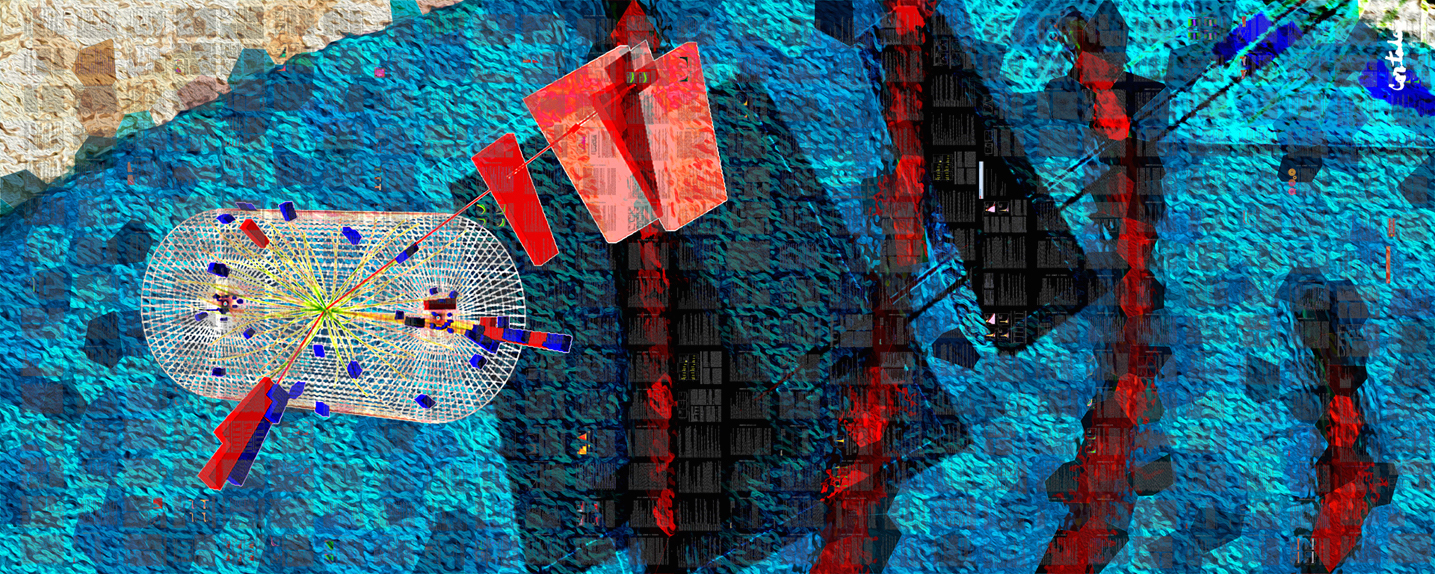
|
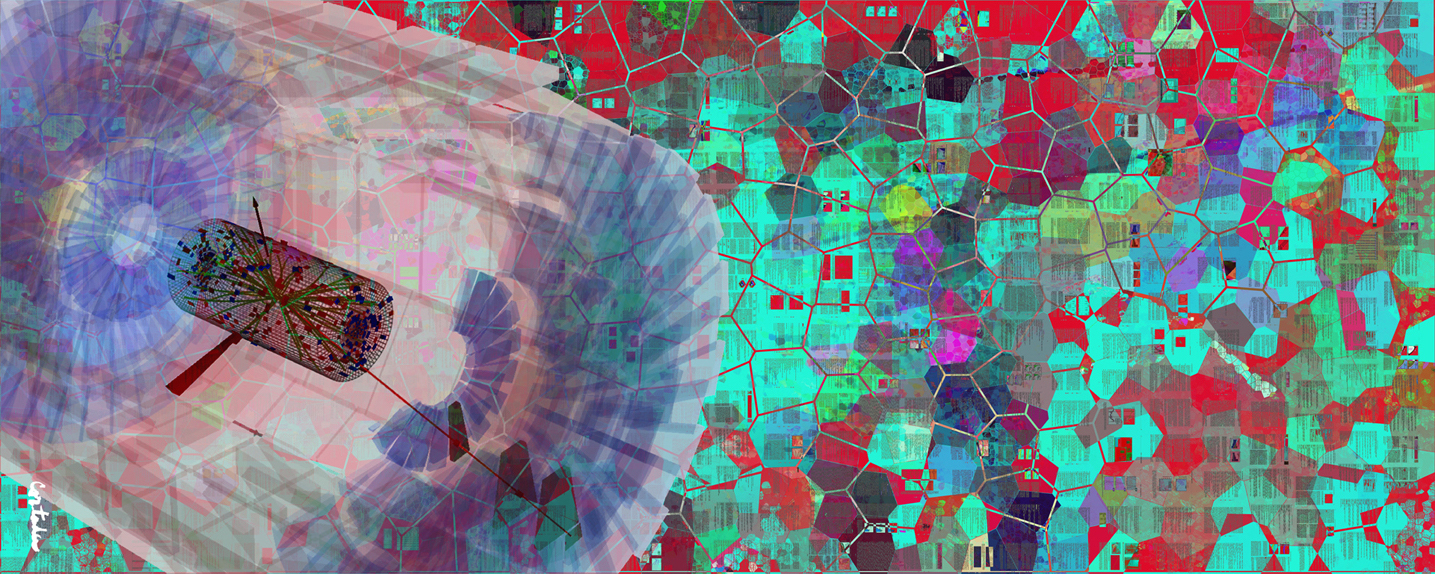
|